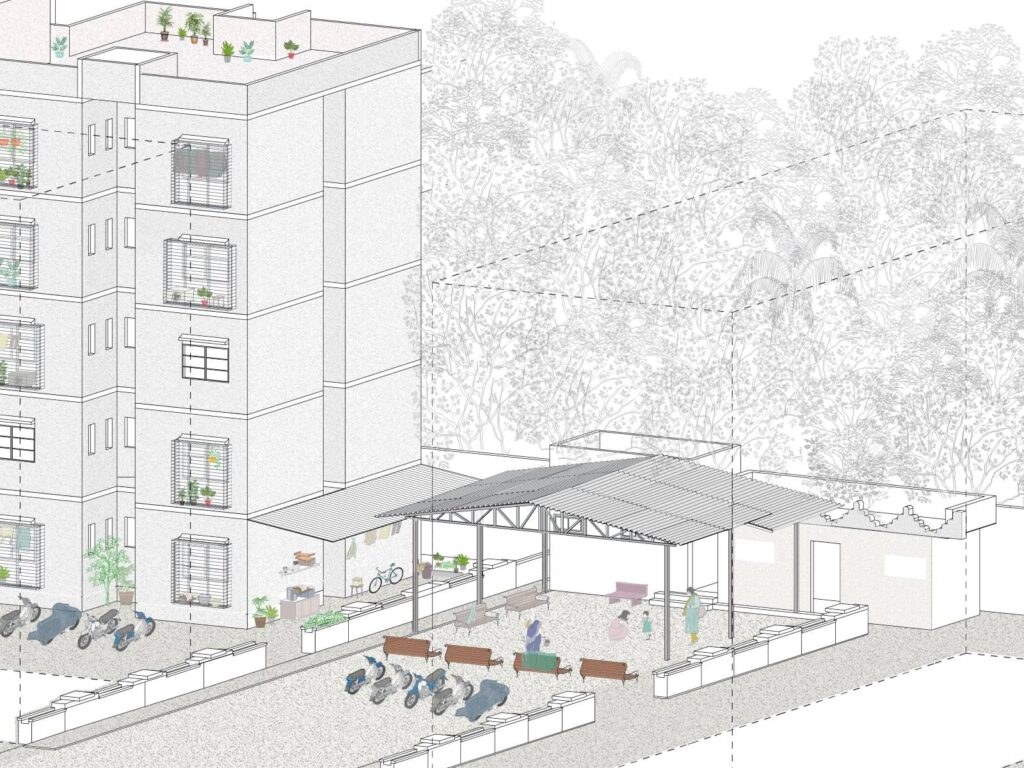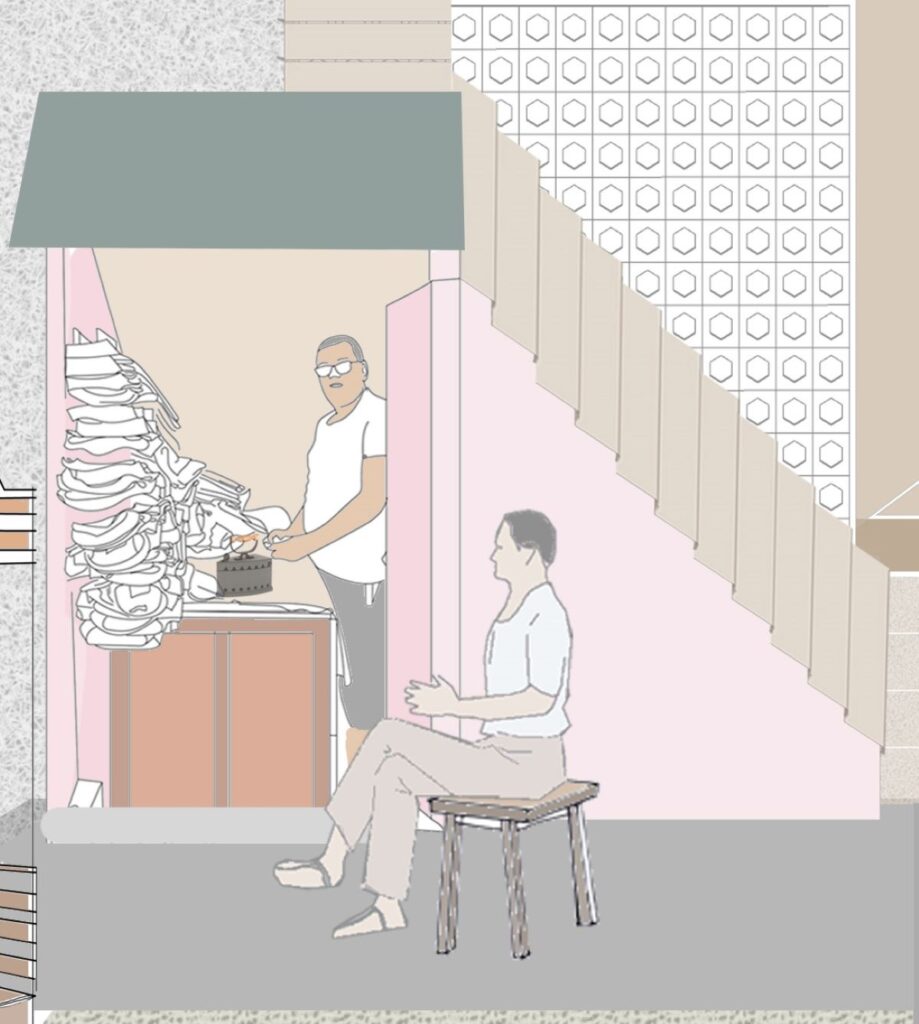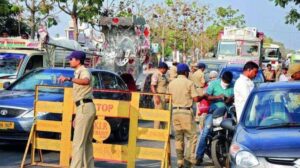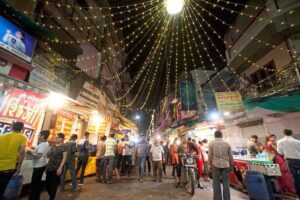Cities grow through cycles of displacements. People on margins are consistently displaced to make space for urban infrastructure, housing stock, expansions, enterprise, or accommodating gentrification. The experience of shifting homes brings in a strange feeling of placelessness. The act of dislocation makes one feel “unhomely” when the settled social networks and memories of the place and people get ruffled. Then how do people find ways to adjust or settle oneself in a place? How do people re-establish belongingness that is essential for one to dwell? I have always been intrigued by the idea of belonging and the way it shapes the place and mind. What is the relationship between the idea of belongingness, place, and mind?
Along with the economic and utilitarian realm there also exists an intangible realm in which people dwell and make their own worlds. This intangible network (of beliefs, rituals, faith, friendships, security) operates in the mind. One can transgress the physical/material realm through art, music, stories, symbolic mediations, etc. The human mind itself is a mesmerizing device which can transgress all kinds of boundaries and dwell into several realms influenced by associations, memories, and imaginations. In the essay Building Dwelling Thinking, German philosopher Martin Heidegger states, “The act of dwelling is not only a physical act but more than that a mental realm. Some physical aspects of space or objects can lead to mental peace and in turn to dwell. This intangible realm is what makes a space, a place.


Even if place changes there are certain practices people do which are embedded in the deeper level of their psyche due to age-old traditions, memories, associations, etc. that help one manifest the metaphysical dimension. Places shape people then the people shape places. In the current urban landscape, the practice of appropriation of spaces by the commons allows life to happen. The power to appropriate spaces enhances the well-being of a community and in turn increases belongingness to a place and people. This act of appropriation happens at various scales from individual to neighborhood scale and is observed in all neighborhoods which has made the place more livable for people.
The simple gestures of softening the hard edges by introducing veranda spaces, creating sheds for social gatherings, making a rangoli in the corridor, planting a Tulsi at the entrance, making sacred spaces, shrines, friendships, utilizing interstitial spaces, etc. afford to create micropublic spaces. By certain practices in the tangible/material realm, people are trying to connect with this intangible realm. The write-up tries to suggest that architects should consider this intangible realm and the practices of people associated with it. This could result in a quite humane form of design that is essential for people to dwell and feel connected to a place.


Mentors’ Comments
“Very interesting premise and nicely written and structured, except the concluding lines, which needed more work.”
– Arpita Das
“Interesting premise, but comes across as a bit simplistic, displacement is complex and overwhelming, almost always forced; the appropriations in comparison are small and desperate at best.”
– Peeyush Sekhsaria






